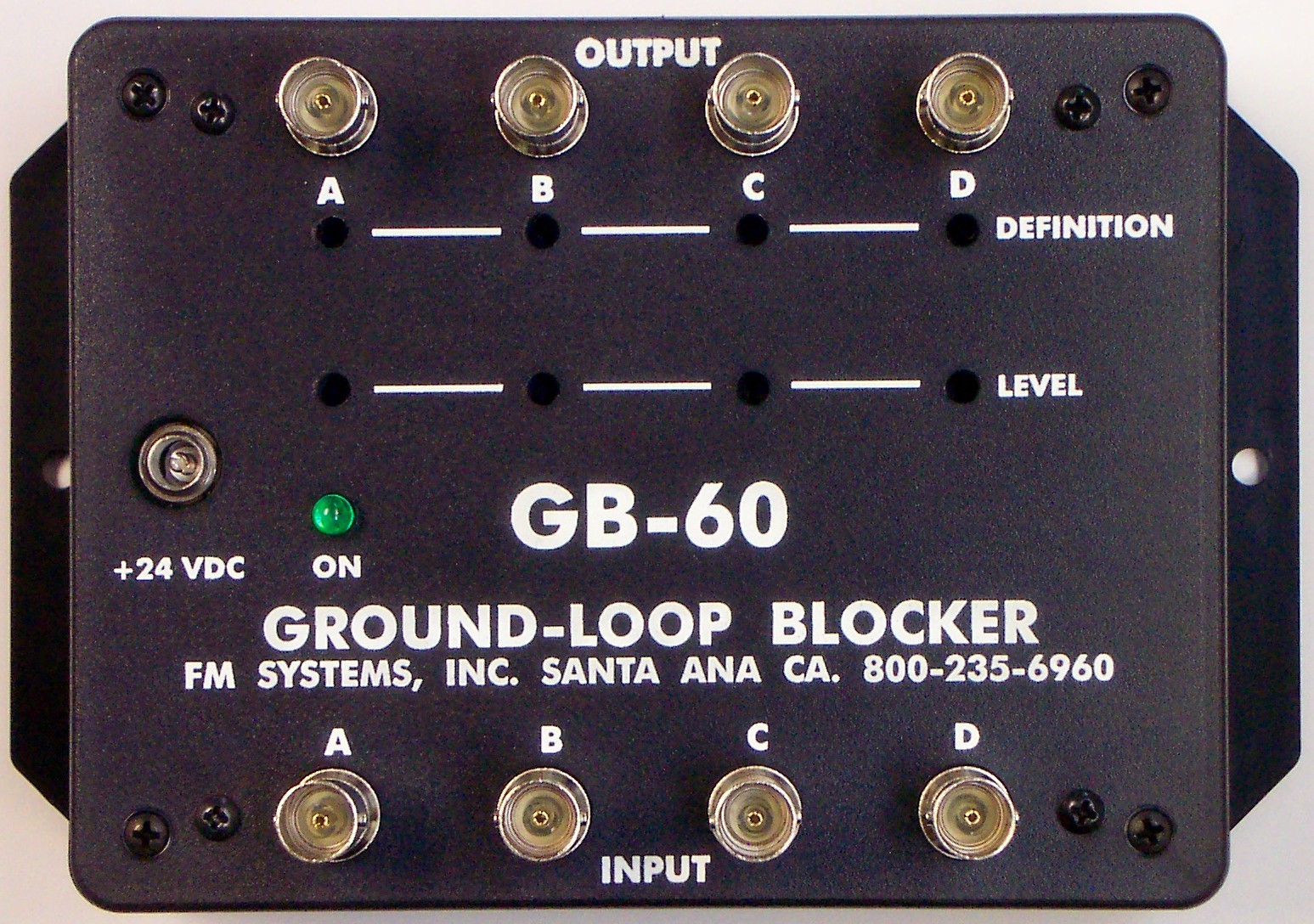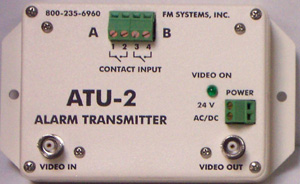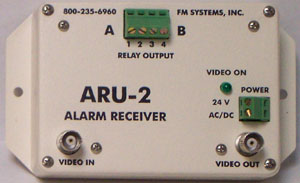UPGRADE TO HD WITHOUT NETWORK CABLING
UPGRADE TO “HD” WITHOUT NETWORK CABLING
Analog CCTV cameras are by far the most common cameras in use today with their low cost, standard resolution, and wide range of manufacturers they have been a mainstay in the market place. This mature technology was made possible by a common technical standard referred to as the NTSC (National Television Standards Committee) standard. This standard was used for analog TV transmission for over 50 years, but this system has a resolution limitation that prevents HD High Definition picture transmission.
The next logical step in the evolution of HD CCTV was the implementation of more costly IP video cameras that allowed for nearly infinite picture resolution, but required a two way path using a minimum of 2 twisted wires pairs and was unsuitable for existing infrastructure cabling. Wiring a two way communication path just to send picture information back to the recorder added extra complication to what should be a one way function. There was also the time, effort and expense to set up the network communications system by programming (addressing) each piece of equipment in the system. Unfortunately if you are trying to replace an existing analog camera with an HD IP camera you will have to pull in a new network type cable and discard every other piece of equipment in the system. Often this requires new building permits and extra expenses.
Now there is a new HDTV camera format that is replacing the old IP systems that is compatible with the existing 75 Ohm coaxial cable used by the analog cameras. So you can replace an analog camera with a new HD CCTV camera without having to change the system wiring. A CCTV installer can now use the new HD-TVI (High Definition Transport Video Interface) camera to send High Definition pictures at a full 30 fps (Frames Per Second) down the existing coax cable. The HD-TVI standard was developed for use in the CCTV industry. Manufacturers are now selling CCTV HD 1080p and 720p cameras with HD-TVI outputs that use the existing coax cable to send signals back to any DVR equipped to receive them. What makes this HD-TVI signal so attractive for the CCTV installer is that it uses the same coaxial cable and BNC connectors that were previously used for the analog cameras and it can go much further in distance than the old IP signals.. So you can replace the old low resolution cameras with a new high definition camera without the expense of having to replace the coax cable.
When a technician wants to use the existing coaxial cable to install an HD-TVI camera, they should verify that the existing cable will handle the higher bandwidth required for the HD signal. Most existing cables will work because the increase in bandwidth is only a small fraction of that used by the old IP camera system. Loss of signal level caused by a damaged cable or too long of a cable can be corrected by a cable equalizer amplifier when needed. One unit that works well in these applications is the GB-60. This device will eliminate ground loops and interference on the HD-TVI signal and compensate for any cable slope loss you may have on very long cable runs.

Until recently the main drawback with using an HD-TVI cameras was the lack of up-the-coax PTZ camera control. This has recently been solved by using an DLT/DLR-1 system manufactured by FM SYSTEMS, INC. to add any RS422 PTZ data to the HD-TVI signal carried on the same coaxial cable. It is now possible to add a camera to an HD-TVI camera system that previously used Vertical Interval PTZ Control and still have the PTZ controls. So one coaxial cable can carry the HD-TVI High Definition video and also carry the PTZ data signal in the opposite direction on the same cable.
In some installations you might want to send contact closures along with the HD-TVI signal up the coax cable or down the coax cable in the opposite direction. This can be accomplished by using the ATU/ARU-2 system manufactured by FM SYSTEMS, INC. that inserts up to 2 alarm contact closures onto the HD-TVI signal and recovers them at the other end to operate 2 relays. It can be used for gate control, alarm telemetry, or any other contact/relay functions.

CLICK HERE to see more about the ATU/ARU-2
When examining all the HD CCTV video camera options always try to get the best performance with the least amount of complexity. You will find the cost of HD-TVI cameras to be generally less than the cost of IP Cameras because it requires less electronics to generate the signal. Also the heat generated by an IP camera is quite significant, try putting you hand on a working IP camera and you will be amazed at how hot it is. Because the IP camera requires 100 M-bit signals it must draw a lot of current and so it dissipates a lot of heat. This heat cooks the components and could lead to early equipment failure. The installation costs of an HD-TVI camera will be lower because you can use the existing coax cable.




